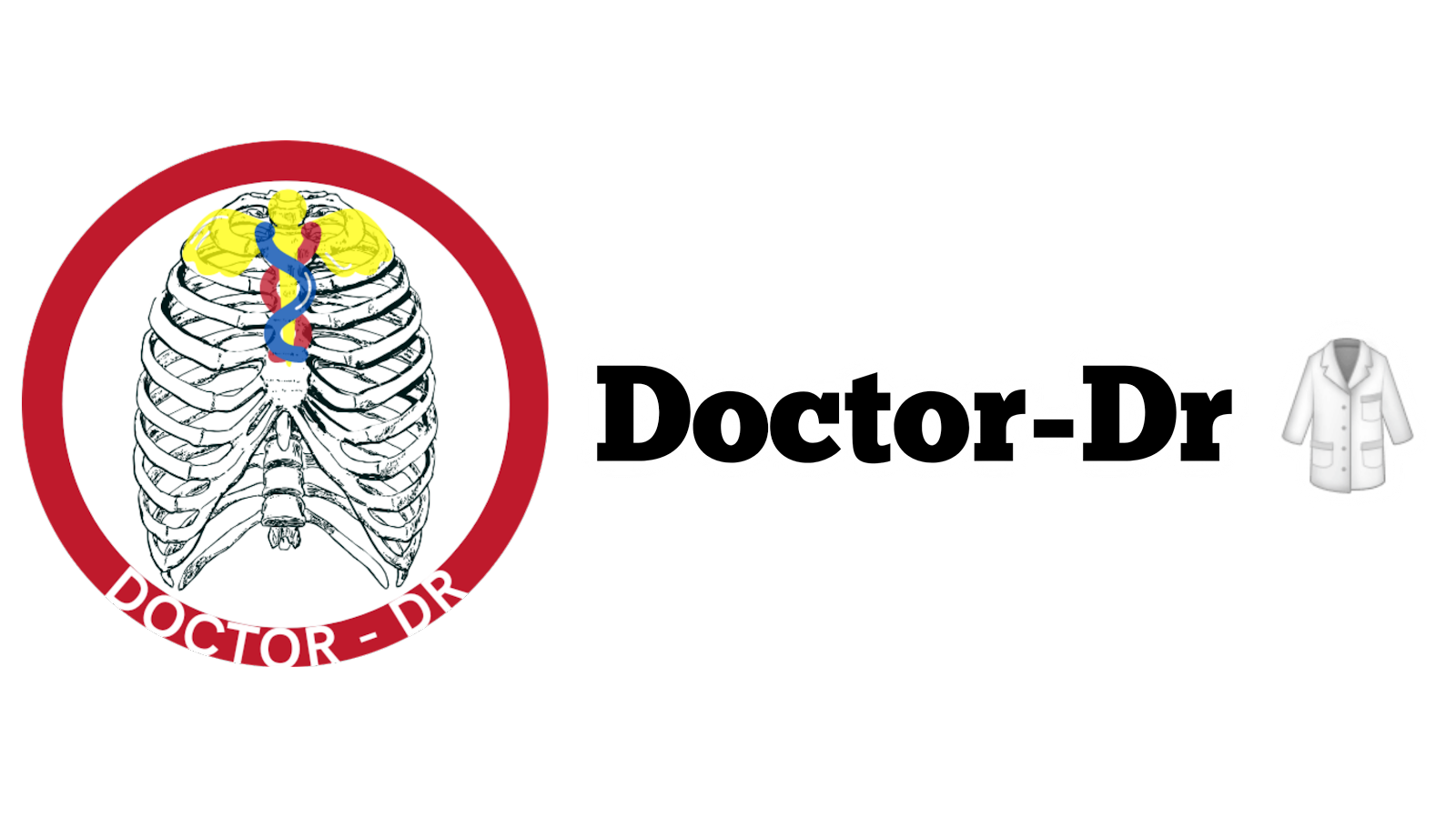Understanding how scientists detect and track genetic mutations is essential in the study of genetics and molecular biology. We will uncover how these tools help researchers identify mutations, study inheritance patterns, and ultimately, track disease-causing genes within families.
What Is DNA and Why Track Mutations?
DNA, or deoxyribonucleic acid, is a large molecule composed of a long sequence of four nucleotides: adenine (A), cytosine (C), thymine (T), and guanine (G). In humans, DNA is organized into 46 chromosomes, each containing thousands of genes that govern traits such as eye color, hair type, and susceptibility to genetic disorders.
Sometimes, a mutation in just one gene can cause a genetic disorder. Detecting these mutations within the vast DNA sequence is a complex task, and this is where gel electrophoresis and genetic markers come into play.
Gel Electrophoresis: The Basics
Gel electrophoresis is a laboratory technique used to separate DNA fragments based on their size. Here’s how it works:
- Cutting DNA with Restriction Enzymes: Special proteins called restriction enzymes slice DNA at specific nucleotide sequences. For example, the enzyme EcoRI recognizes the sequence GAATTC and cuts between the G and the first A.
- Placing DNA in Agarose Gel: The cut DNA fragments are loaded into small wells within a semi-solid slab of agarose gel. Though it looks solid, under a microscope, the gel’s structure resembles a watery maze.
- Applying an Electric Current: A negative charge is applied near the wells, and a positive charge at the opposite end. Since DNA carries a negative charge, the fragments move toward the positive electrode.
- Separation by Size: Smaller DNA fragments navigate the gel matrix faster and travel farther than larger ones, resulting in distinct bands that can be visualized and analyzed.
For instance, if a DNA strand contains three GAATTC sites, EcoRI will cut at all three points, producing four fragments. When run through gel electrophoresis, four bands appear, each representing a fragment of different size.
Genetic Variation and Polymorphisms
Although restriction enzymes cut DNA at specific sequences, the exact pattern of cuts can vary between individuals because everyone’s DNA sequence is slightly different. These variations are known as polymorphisms.
When polymorphisms affect the length of DNA fragments generated by restriction enzymes, they are called restriction fragment length polymorphisms (RFLPs). If a sequence variation occurs exactly where a restriction enzyme binds, this site is called a polymorphic marker, marking a known location on the DNA where differences can be detected.
Single Nucleotide Polymorphisms (SNPs)
A common type of polymorphism is a single nucleotide polymorphism (SNP), where a single base in the DNA sequence is changed. For example, if an A is replaced by a G within the EcoRI recognition site, the enzyme can no longer cut at that location. This change alters the pattern of DNA fragments produced, which can be observed on a gel as fewer bands or bands of different sizes, signaling the presence of a mutation.
Short Tandem Repeat Polymorphisms (STRPs)
Another important variation is the short tandem repeat polymorphism (STRP), also known as a microsatellite. STRPs occur when a specific DNA sequence, such as a “CAT” trinucleotide, is repeated multiple times in a row—often between 5 to 50 repeats.
During DNA replication, the enzyme DNA polymerase can sometimes slip, leading to more or fewer repeats than originally present. This changes the length of the allele. When cut with restriction enzymes, these length differences produce fragments of varying sizes that are easily detected through gel electrophoresis.
Using Genetic Markers to Track Disease Genes
Our 46 chromosomes are arranged in 23 pairs of homologous chromosomes. During the formation of gametes (sperm and egg), these paired chromosomes exchange segments in a process called crossing over. This genetic recombination increases diversity but complicates tracking specific genes because segments can move between chromosomes.
However, crossing over follows the principle of genetic linkage: genes located close together on a chromosome are less likely to be separated during recombination. This means that a marker near a mutant gene will usually stay linked to it through generations.
For example, if a known SNP marker is close to a disease-causing gene, detecting that SNP through gel electrophoresis provides a strong clue that the individual also carries the mutant gene.
Pedigree Analysis and Marker Selection
To identify the best genetic marker for tracking a disease gene, scientists study families with affected members and construct a pedigree chart. They test family members for various markers and observe how these markers correlate with the presence of the disease.
Suppose four SNP markers are tested in a family. If marker 2 appears in all affected individuals but also in some healthy ones, it suggests that crossing over separated the marker from the mutant gene in those cases. However, since marker 2 stayed linked to the disease gene in most cases, it is likely the closest marker and the best candidate for tracking the mutation.
In real studies, hundreds of markers across the genome are tested, and researchers choose the closest one to the disease gene, making it the most reliable for genetic testing.
Summary: How Gel Electrophoresis and Genetic Markers Help Detect Mutations
- Gel electrophoresis separates DNA fragments by size, enabling visualization of mutations and polymorphisms.
- Restriction enzymes cut DNA at specific sequences, but variations in these sequences among individuals create polymorphisms.
- RFLPs, SNPs, and STRPs serve as genetic markers that help identify and track disease-causing mutations.
- Genetic linkage and crossing over influence how markers stay associated with mutant genes during inheritance.
- Pedigree analysis and marker testing in families help pinpoint the closest marker to the disease gene for effective genetic tracking.
By harnessing the power of gel electrophoresis and genetic markers, scientists can track mutations with remarkable precision, aiding in genetic research, diagnostics, and ultimately improving our understanding of hereditary diseases.


%20Test%20Procedure,%20Principle%20&%20Numerical%20Profile%20Explained.webp)


%20Principle,%20Protocol,%20Fluorescent%20Markers,%20Advantages%20&%20Applications.webp)


